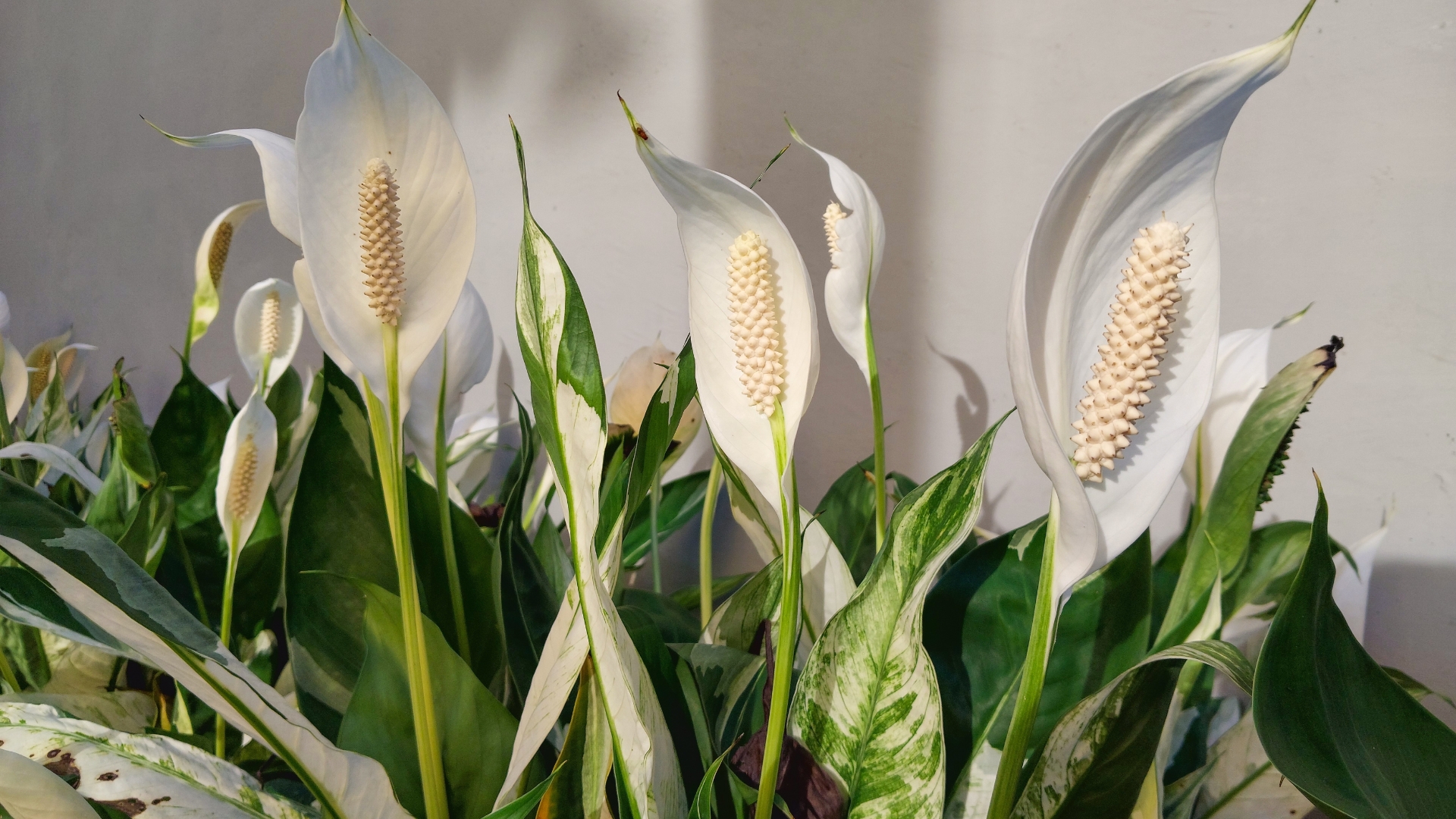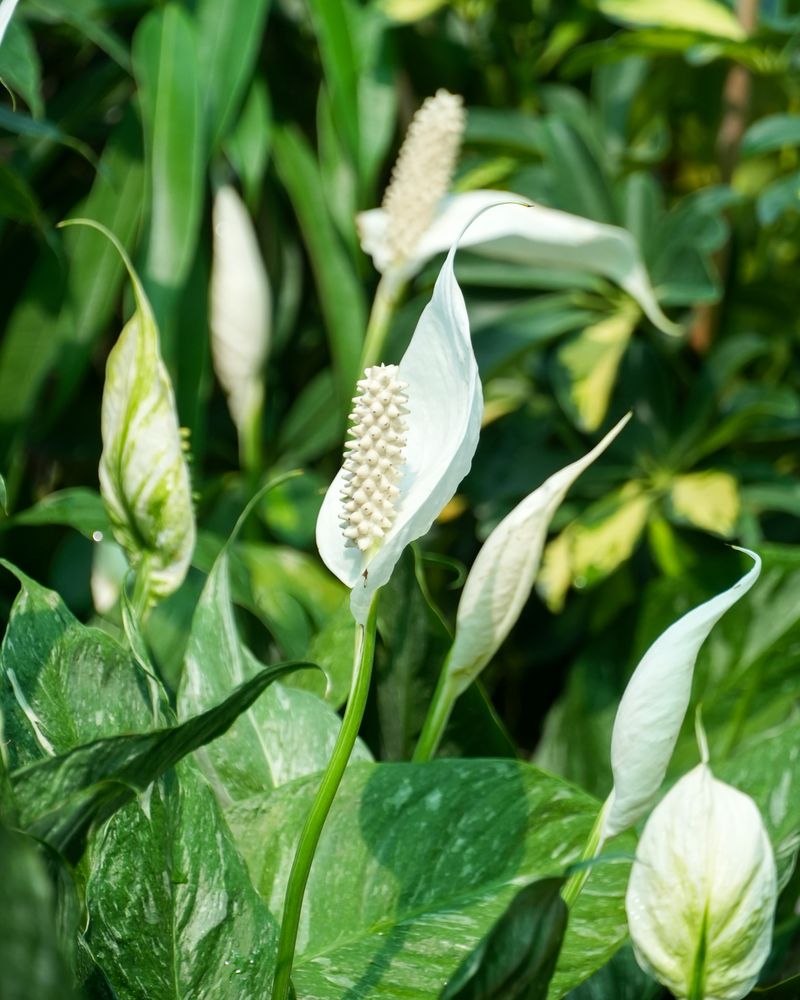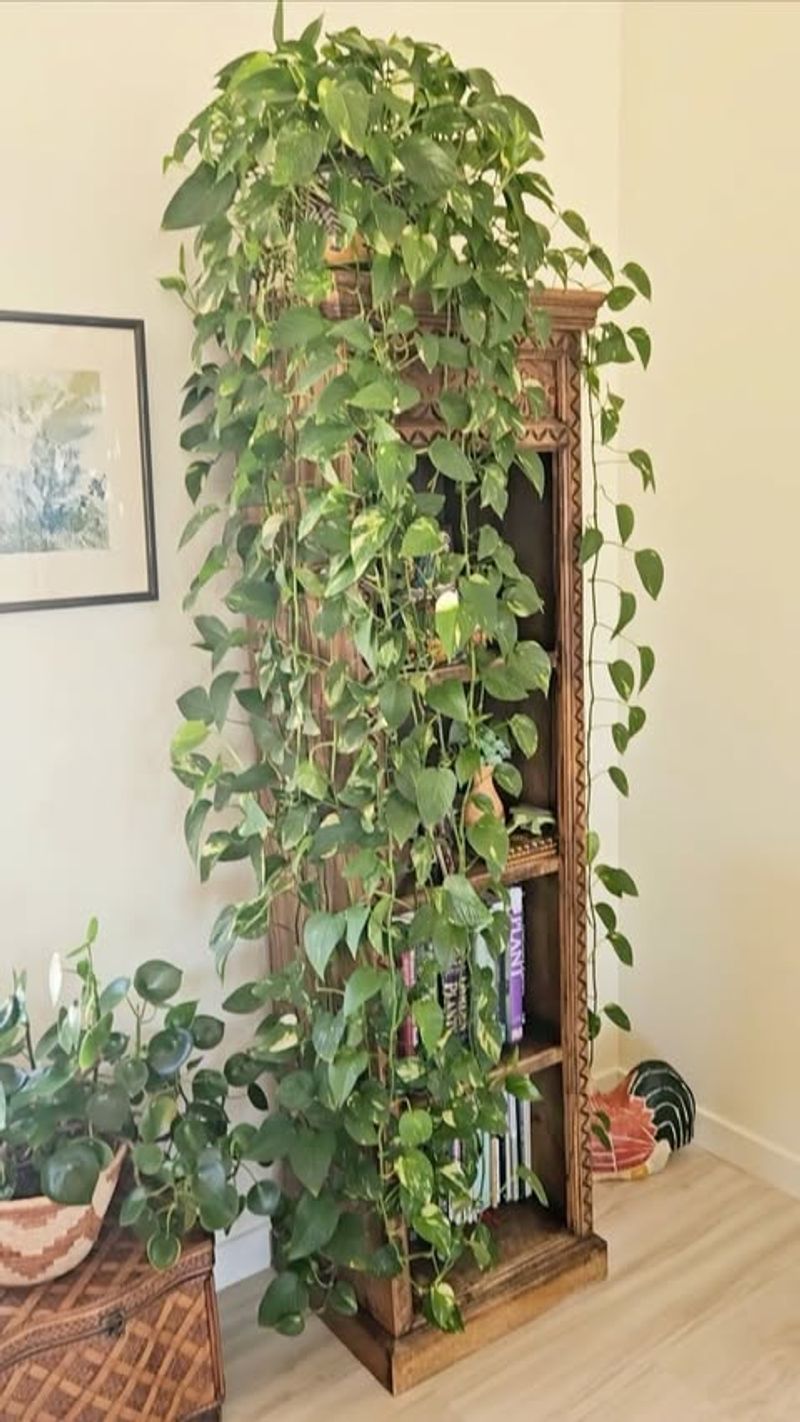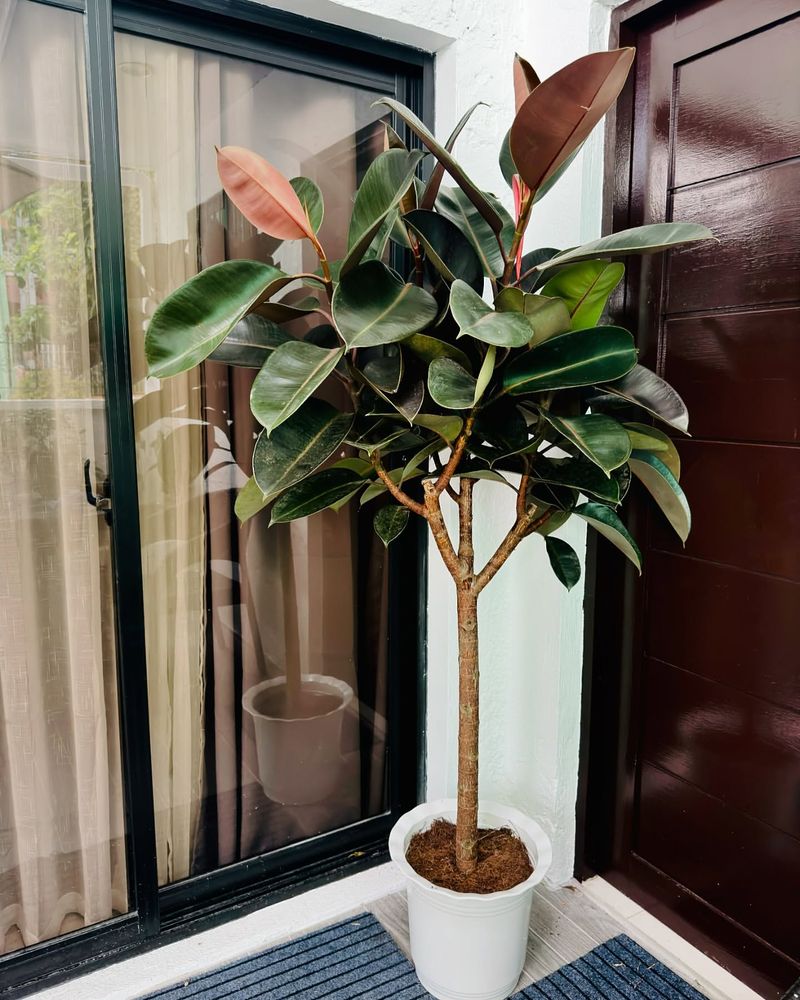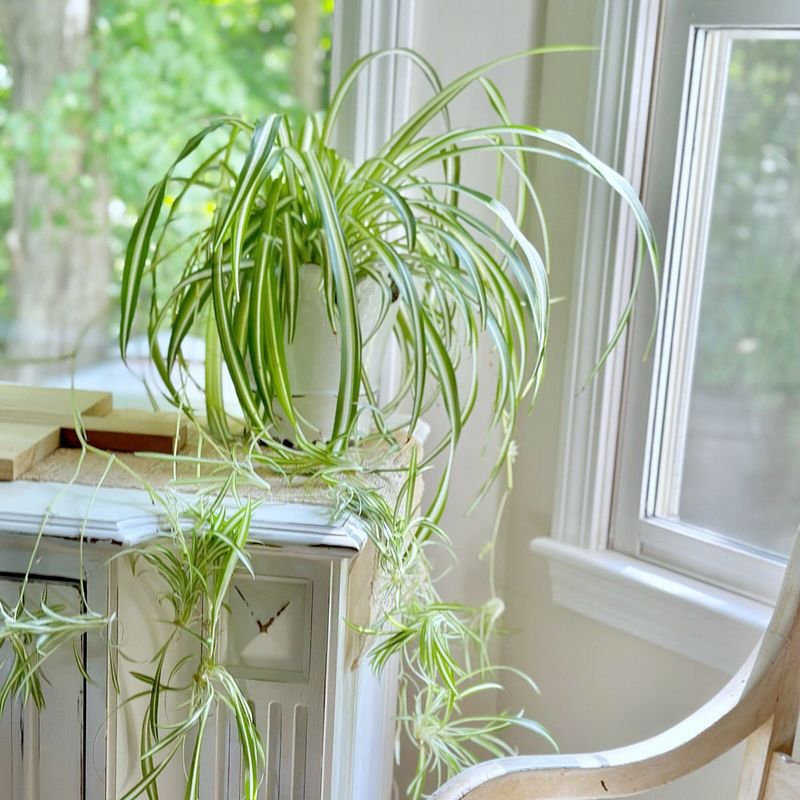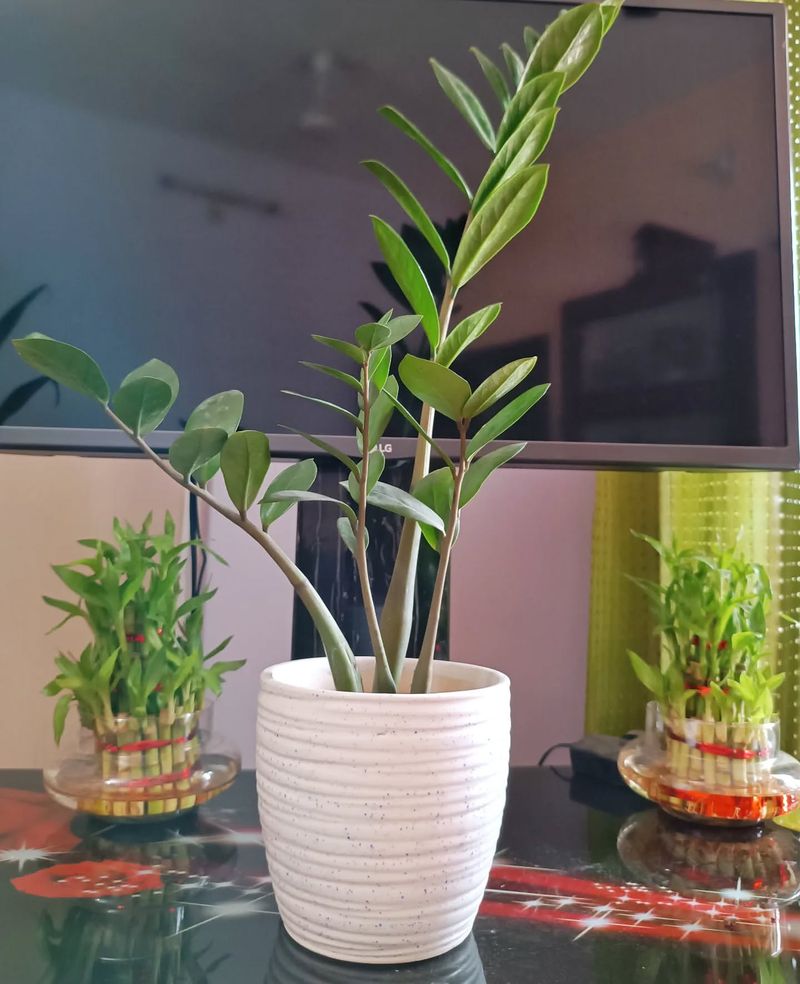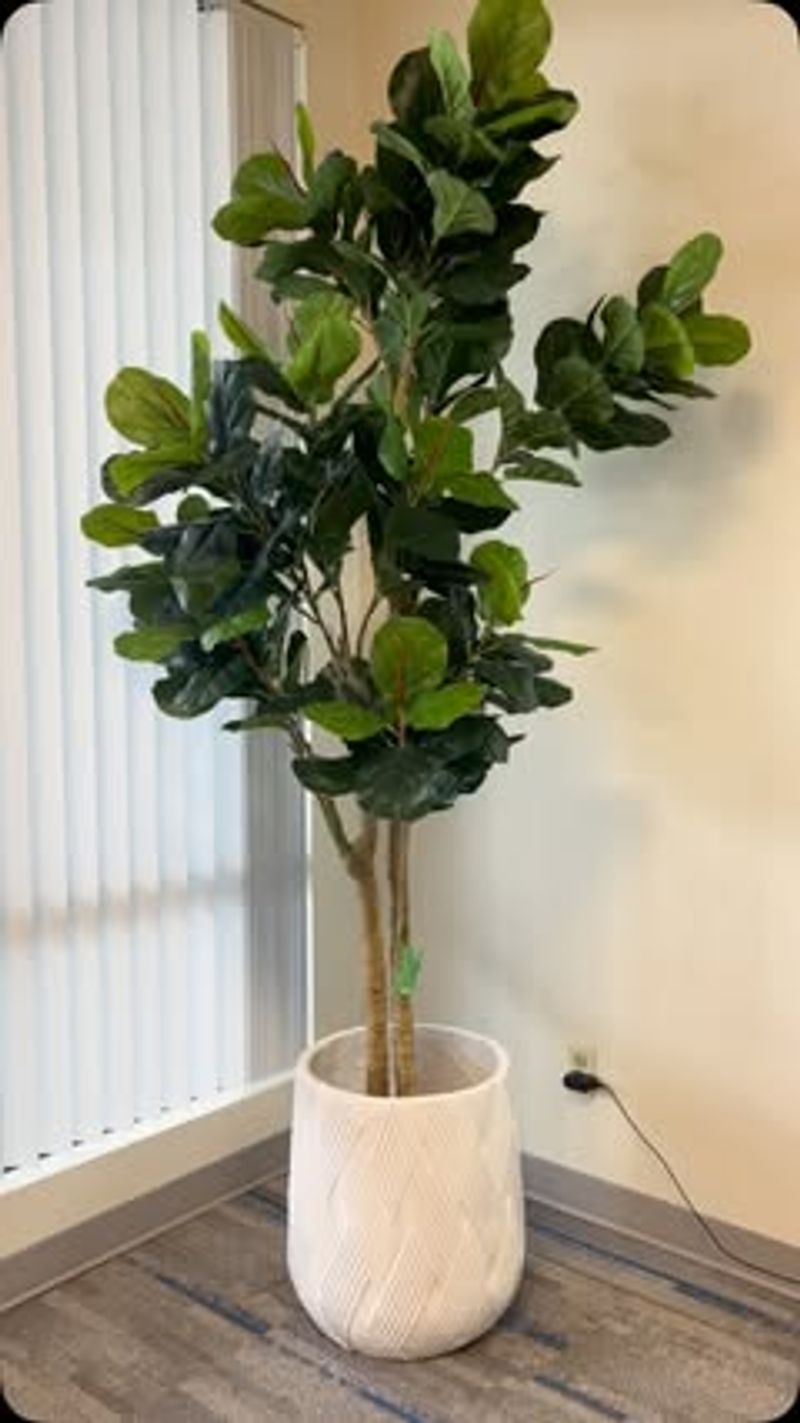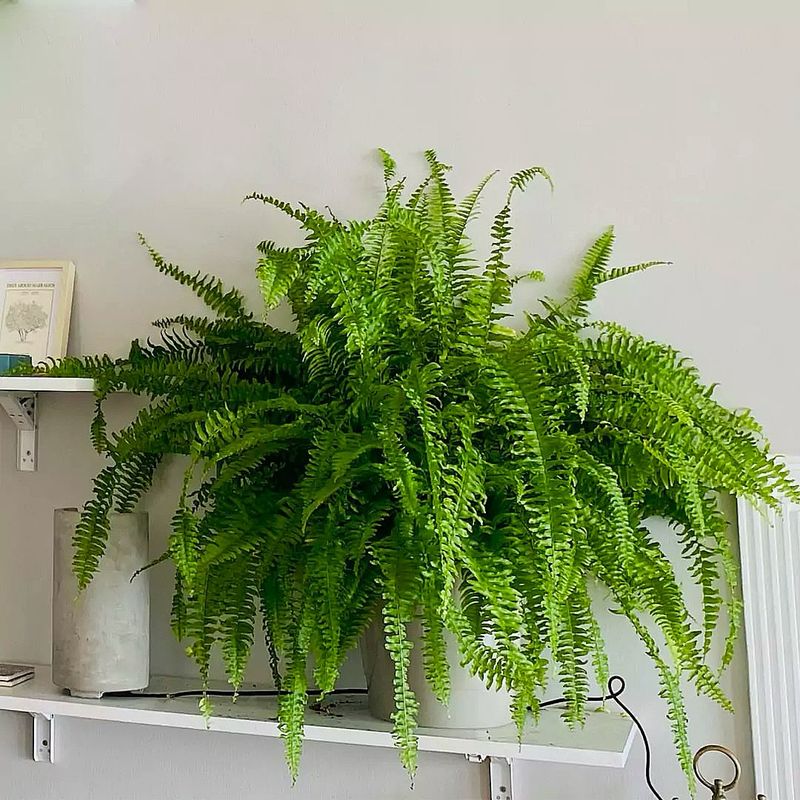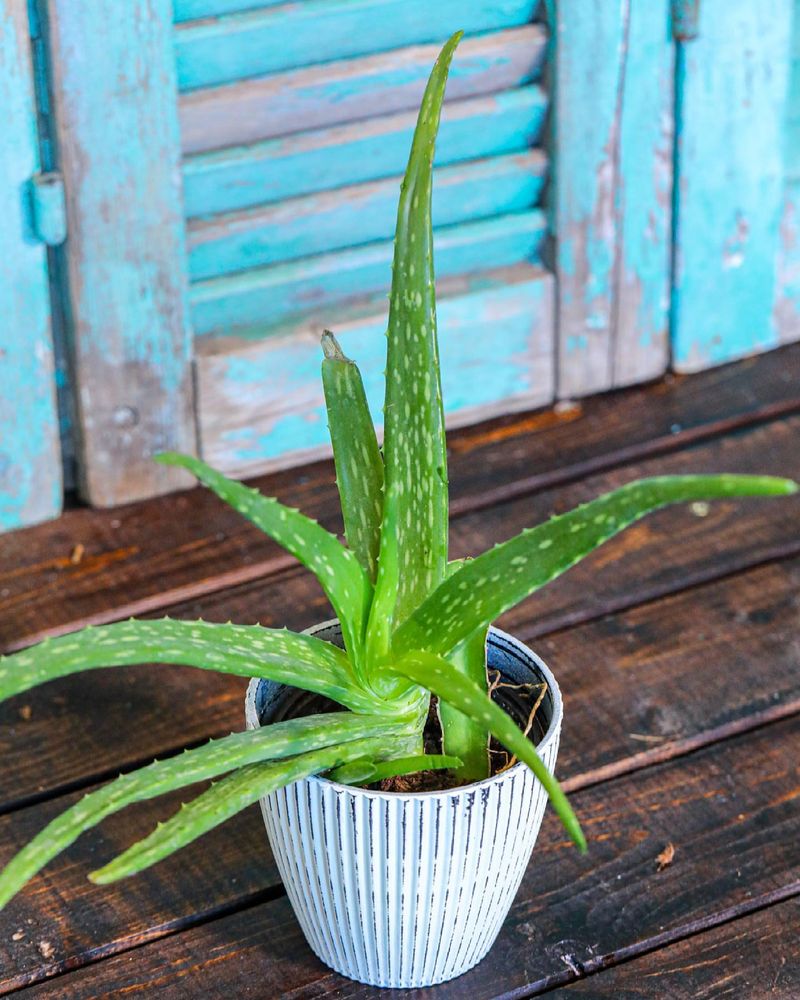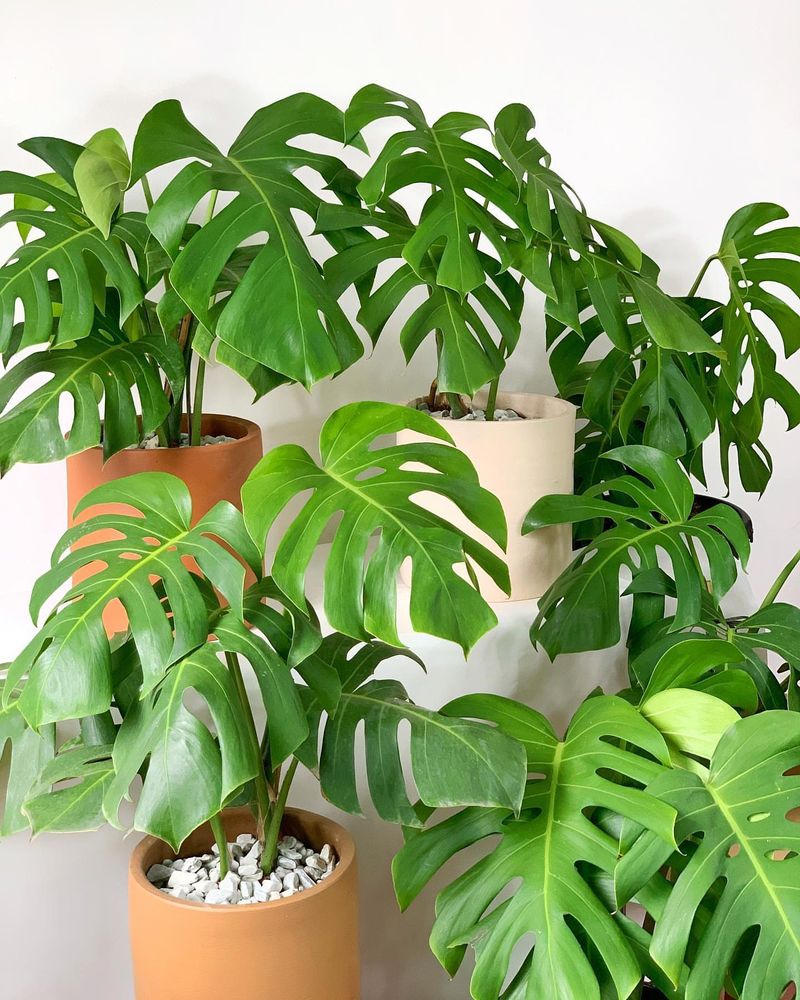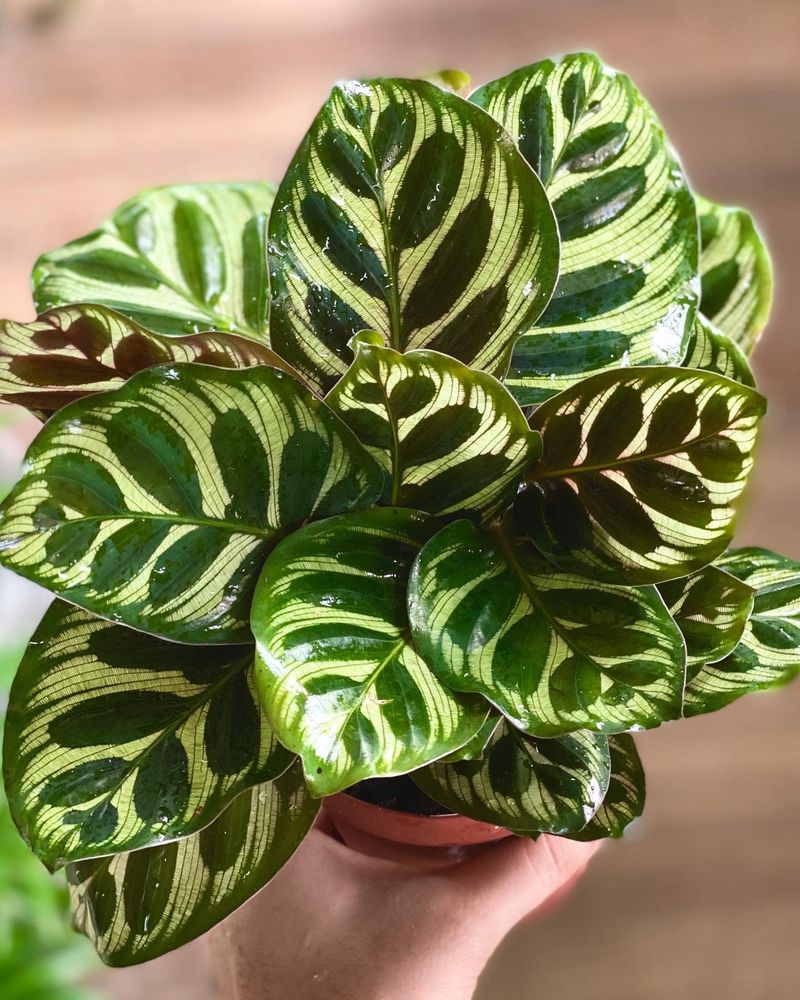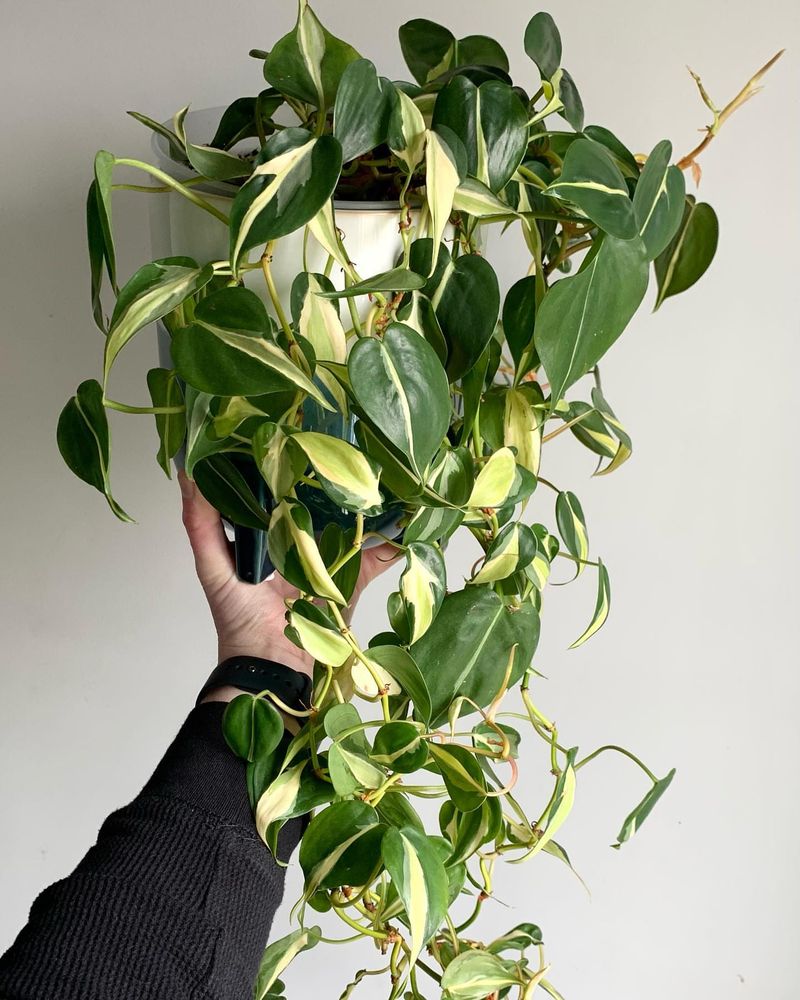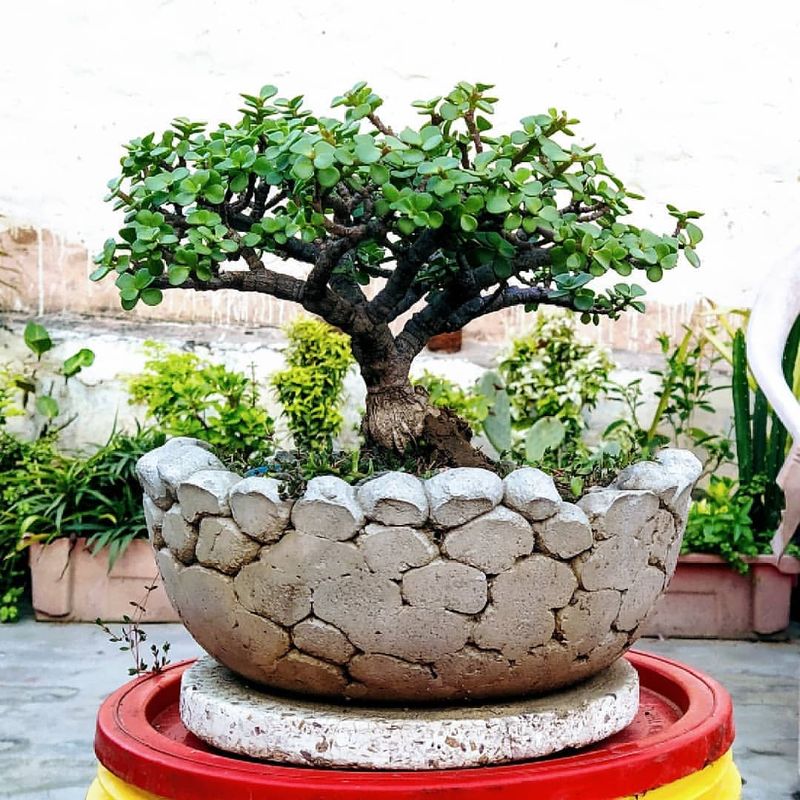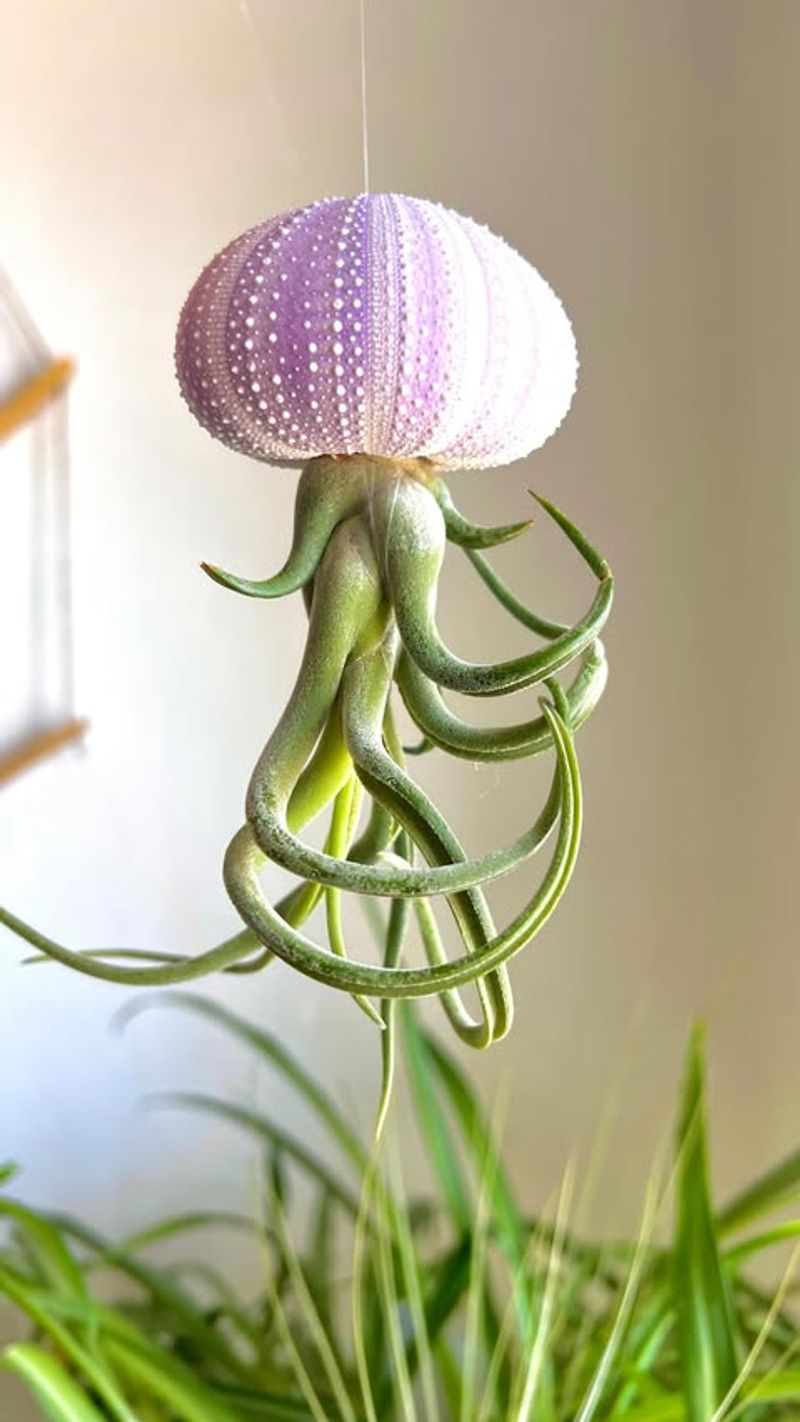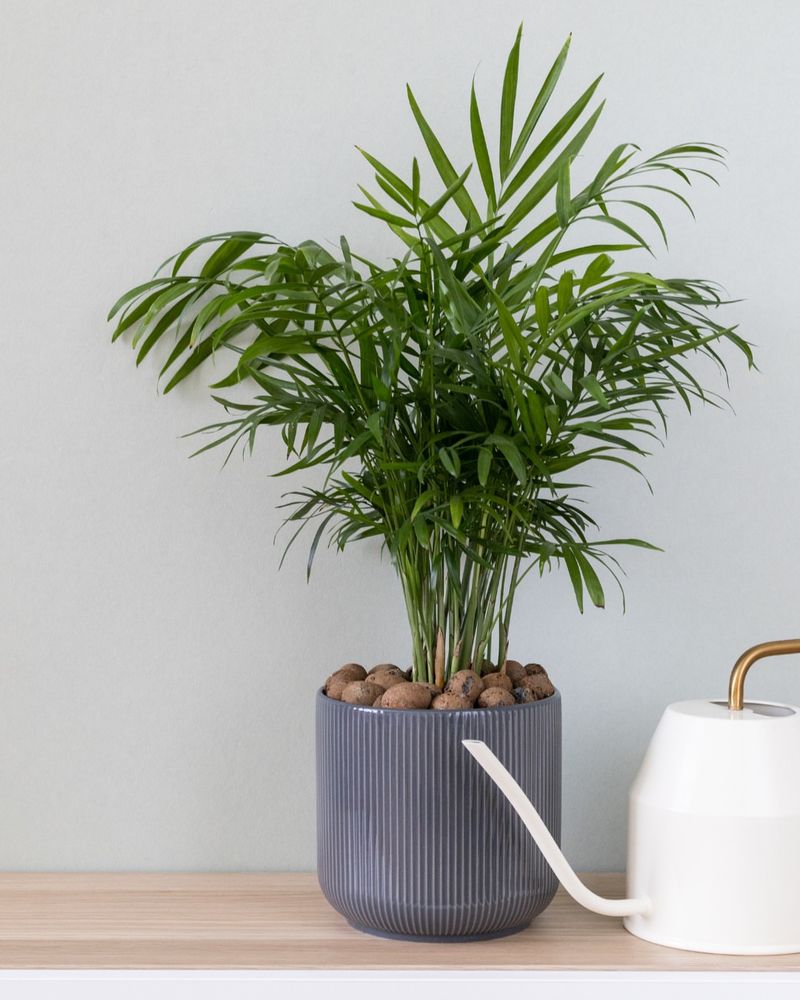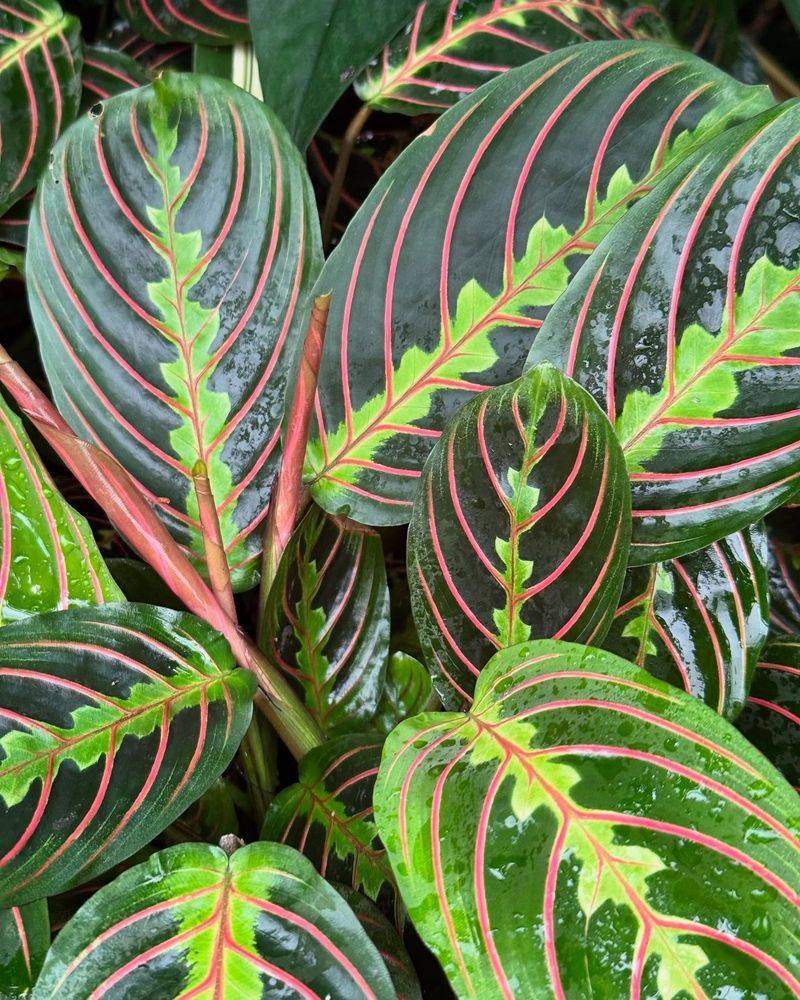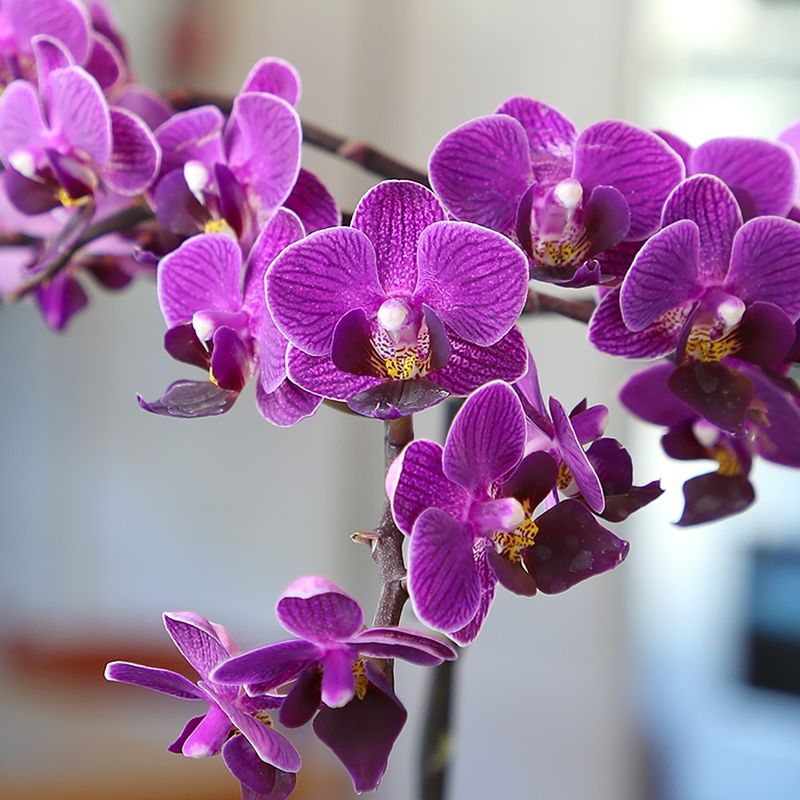Bringing a little green magic indoors can completely change the vibe of your space. These indoor plants don’t just look beautiful—they create a peaceful, cozy retreat right at home.
I’ve found that having a few leafy friends nearby instantly lifts my mood and makes the whole place feel more alive. Plus, they’re surprisingly low-maintenance companions for anyone who’s not quite a plant expert yet.
Get ready to fall in love with your home all over again!
1. Peace Lily
Ever noticed how some rooms just feel more peaceful? A peace lily might be the secret. These elegant white-flowered plants thrive in low light and tell you when they need water by drooping slightly.
They’re famous air purifiers too, removing toxins while adding a touch of serenity. Just keep them away from pets—they’re toxic if nibbled on.
2. Snake Plant
Looking for a plant that thrives on neglect? The snake plant might become your new best friend. With striking upright leaves featuring yellow edges, it’s practically indestructible and perfect for forgetful waterers.
NASA studies show it filters formaldehyde and other toxins from the air. Plus, it releases oxygen at night, making it ideal for bedrooms.
3. Pothos
Gorgeous trailing vines make pothos a favorite for shelves and hanging baskets. The heart-shaped leaves come in various patterns—golden, marble, or neon—adding visual interest to any room.
Nearly impossible to kill, these plants thrive in various light conditions and can go weeks without water. Watch them grow several feet long, creating a waterfall effect of greenery.
4. Rubber Plant
Standing tall with glossy, burgundy-green leaves, rubber plants make a dramatic statement in any room. They grow into impressive floor plants that can reach ceiling height when happy.
Unlike fussy plants, they tolerate less-than-perfect conditions and irregular watering. The thick, leathery leaves reflect light beautifully, adding dimension and depth to corners.
5. Spider Plant
Remember those plants your grandma had? Spider plants have remained popular for good reason. Their arching variegated leaves create a fountain-like display that looks amazing in hanging baskets.
They reproduce by growing baby plants on long stems, which you can snip and root for friends. Incredibly forgiving, they bounce back from almost any neglect and help clean indoor air.
6. ZZ Plant
Meet the plant that laughs at neglect. ZZ plants feature shiny, dark green leaves arranged in a way that resembles feathers. They store water in their bulbous roots, surviving weeks without attention.
Thriving in offices with fluorescent lighting, they’re perfect for spaces with minimal natural light. Their polished appearance brings a touch of sophistication to any desk or corner.
7. Fiddle Leaf Fig
Instagram’s favorite plant deserves its popularity. With large violin-shaped leaves growing on a slender trunk, fiddle leaf figs create an instant focal point in any room.
They do require consistent care—bright indirect light and regular watering when the top inch of soil dries. The dramatic silhouette and lush foliage transform ordinary spaces into designer-worthy interiors.
8. Boston Fern
Feathery fronds create a soft, airy presence that few other plants can match. Boston ferns bring a touch of woodland magic to your space with their delicate, arching leaves.
They love humidity, making them perfect for bathrooms. Regular misting keeps them happy and lush. Their ability to soften harsh lines and add movement makes them ideal for breaking up angular furniture arrangements.
9. Aloe Vera
Beyond its soothing gel for burns and cuts, aloe vera makes a striking architectural plant. The spiky, fleshy leaves grow in a rosette pattern, adding interesting texture to sunny windowsills.
As a succulent, it stores water and thrives with minimal care. When it gets enough sunlight, it might surprise you with tall stalks of yellow tubular flowers—a rare treat for indoor gardeners.
10. Monstera Deliciosa
Those iconic split leaves have become design stars for good reason. Monstera plants bring tropical drama with their unique perforated foliage that gets more intricate as the plant matures.
Given something to climb, they’ll grow upward like in their native rainforest habitat. They adapt well to average home conditions and forgive occasional neglect, making tropical vibes accessible to almost anyone.
11. Chinese Money Plant
Round, coin-shaped leaves on thin stems create a playful, bouncy look unlike any other houseplant. Chinese money plants (Pilea peperomioides) have a cheerful presence that brightens any tabletop.
They produce numerous baby plants around their base, perfect for sharing with friends. Their compact size makes them ideal for small spaces, while their distinctive appearance adds personality to minimalist decor.
12. Calathea
Nature’s own living artwork, calatheas feature intricately patterned leaves that seem hand-painted. Many varieties fold their leaves up at night and open them in the morning—a fascinating daily ritual to observe.
They appreciate higher humidity but reward your care with stunning foliage. The underside of their leaves often displays rich purple tones, adding an unexpected color dimension when viewed from different angles.
13. Philodendron
Adaptable and forgiving, philodendrons have been houseplant favorites for generations. Their heart-shaped leaves come in various sizes and colors, from deep green to burgundy and variegated patterns.
They tell you when they need water by slightly drooping their leaves. Some varieties climb while others trail, making them versatile for different spaces. Their tropical vibe brings warmth to any room.
14. Jade Plant
Symbolizing good luck in many cultures, jade plants develop tree-like woody stems and plump, oval leaves that store water. Their bonsai-like appearance creates a sense of age and wisdom even in younger specimens.
Extremely long-lived, they can become family heirlooms passed down through generations. With minimal water and bright light, they’ll reward you with decades of lush green growth.
15. Air Plants
No soil needed! Air plants (Tillandsia) absorb nutrients and moisture through their leaves, freeing you from pots and soil altogether. Their alien-like appearance adds an element of curiosity to any display.
Display them in glass terrariums, hang them from fishing line, or place them in decorative holders. A weekly misting or brief soak keeps them happy, making them perfect for creative arrangements throughout your home.
16. Parlor Palm
Victorian-era elegance meets modern decor with these classic feathery palms. Growing slowly to a manageable size, parlor palms bring a touch of tropical sophistication without overwhelming smaller spaces.
They thrive in lower light conditions where many other plants struggle. The delicate fronds create gentle movement with any slight breeze, adding a dynamic quality that makes rooms feel more alive.
17. Prayer Plant
Watching prayer plants fold their leaves upward at night feels like witnessing a daily miracle. Their striking leaf patterns feature bold veining in contrasting colors that catch the eye from across the room.
Low-growing and spreading rather than tall, they make perfect tabletop accents. The leaves’ subtle movement throughout the day creates a sense of your plant being alive and responsive to its environment.
18. Orchid
Nothing says luxury quite like an orchid’s exotic blooms that last for months. Despite their reputation, many varieties like Phalaenopsis are surprisingly easy to care for once you understand their basic needs.
Between flowering periods, their architectural stems and thick, glossy leaves maintain visual interest. The anticipation of new flower spikes adds an element of excitement to your plant care routine.

